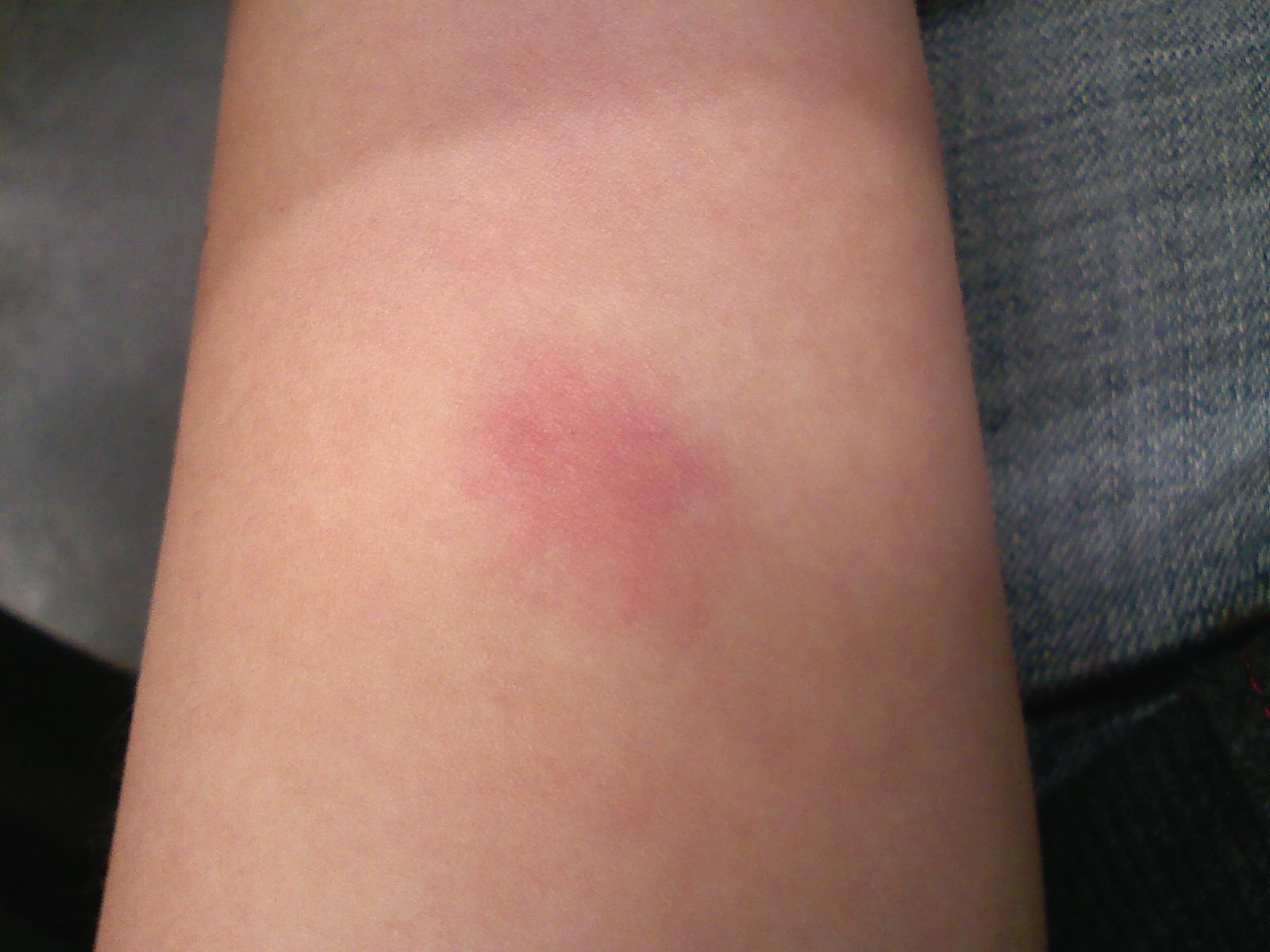Understanding Positive TB Skin Test Pictures: What You Need To Know
Positive TB skin test pictures are essential for understanding the implications of a tuberculosis (TB) skin test result. This article aims to provide a comprehensive overview of what a positive TB skin test looks like, its significance, and the steps to take following a positive result. Tuberculosis remains a significant public health concern globally, and being informed is your first line of defense.
In this guide, we will explore various aspects of a positive TB skin test, including its interpretation, the biology behind the test, and the next steps for individuals who receive a positive result. Whether you are a healthcare professional, a student, or someone who has recently undergone a TB skin test, this article aims to equip you with the necessary knowledge and understanding.
As we delve deeper into the topic, we will also include illustrative images of positive TB skin test results and discuss their relevance in diagnosing tuberculosis. Our goal is to ensure that you leave with a clear understanding of what a positive TB skin test entails and how to proceed effectively.
Table of Contents
- What is Tuberculosis (TB)?
- What is a TB Skin Test?
- Understanding Positive TB Skin Test Pictures
- Symptoms and Signs of TB Infection
- Next Steps After a Positive TB Skin Test
- Treatment Options for TB
- Preventive Measures to Avoid TB
- Conclusion
What is Tuberculosis (TB)?
Tuberculosis (TB) is a contagious bacterial infection caused by Mycobacterium tuberculosis. It primarily affects the lungs but can also impact other parts of the body. TB spreads through airborne particles when an infected person coughs, sneezes, or talks.
According to the World Health Organization (WHO), approximately 10 million people fell ill with TB in 2019, highlighting the importance of awareness and timely diagnosis.
Key points about TB include:
- It can be latent or active. Latent TB is non-contagious, while active TB can spread to others.
- Risk factors for TB include weakened immune systems, close contact with an infected person, and living in crowded conditions.
- Symptoms may include persistent cough, chest pain, weight loss, fever, and night sweats.
What is a TB Skin Test?
A TB skin test, also known as the Mantoux test, is a standard method for screening TB infection. It involves the intradermal injection of purified protein derivative (PPD) into the forearm. After 48 to 72 hours, the injection site is examined for a reaction.
Understanding how the TB skin test works is crucial:
- The test measures the immune response to the PPD, indicating whether a person has been exposed to TB.
- A positive reaction suggests exposure to the bacteria, but further testing is necessary to confirm active TB.
- False positives can occur in individuals with prior vaccinations or certain medical conditions.
Understanding Positive TB Skin Test Pictures
Positive TB skin test pictures can vary in appearance but typically show a raised, swollen area at the injection site.
Characteristics of a positive TB skin test include:
- The redness and swelling may be more than 10 mm in diameter, depending on individual risk factors.
- It may feel tender or itchy to the touch.
- The appearance can differ based on skin type and location of the test.
Examples of positive TB skin test pictures can be found in medical resources, ensuring accurate interpretation.
Symptoms and Signs of TB Infection
After receiving a positive TB skin test, it is essential to be aware of the symptoms of TB infection. Common signs include:
- A persistent cough lasting more than three weeks
- Chest pain or discomfort
- Unexplained weight loss
- Fatigue and weakness
- Fever and chills
- Night sweats
If you experience any of these symptoms, consult a healthcare professional immediately.
Next Steps After a Positive TB Skin Test
Receiving a positive TB skin test result can be concerning. Here are the recommended next steps:
- Schedule a follow-up appointment with a healthcare provider.
- Undergo further testing, such as a chest X-ray or sputum test, to determine if TB is active.
- Follow any treatment recommendations provided by your healthcare professional.
Treatment Options for TB
If diagnosed with active TB, treatment is crucial for recovery and preventing transmission. Treatment typically includes:
- A regimen of antibiotics taken for at least six months
- Regular monitoring for side effects and treatment effectiveness
- Isolation during the initial phase of treatment to prevent spreading the infection
It is essential to complete the full course of treatment to avoid drug resistance.
Preventive Measures to Avoid TB
Preventing TB infection is possible through several measures:
- Ensure proper ventilation in living spaces.
- Practice good hygiene, such as covering your mouth when coughing or sneezing.
- Get vaccinated with the BCG vaccine if recommended, especially for high-risk groups.
Conclusion
In summary, understanding positive TB skin test pictures and the implications of a positive result is vital for timely intervention and treatment. If you or someone you know has received a positive TB skin test, take the necessary steps to seek further evaluation and follow up with a healthcare professional.
We encourage you to comment below with your thoughts or experiences regarding TB skin testing and share this article with others who may benefit from the information.
Thank you for reading! We hope you found this article informative and look forward to seeing you again on our site.
Article Recommendations
- Best Buy Hq
- Porterville Ca
- Evergreen Laundromat
- Michael C Hall
- One Piece Season 11
- Club Random
- Punaluu Black Sand Beach Hawaii
- Csun Registration
- Hannibal Mo
- Skyes In 2022


